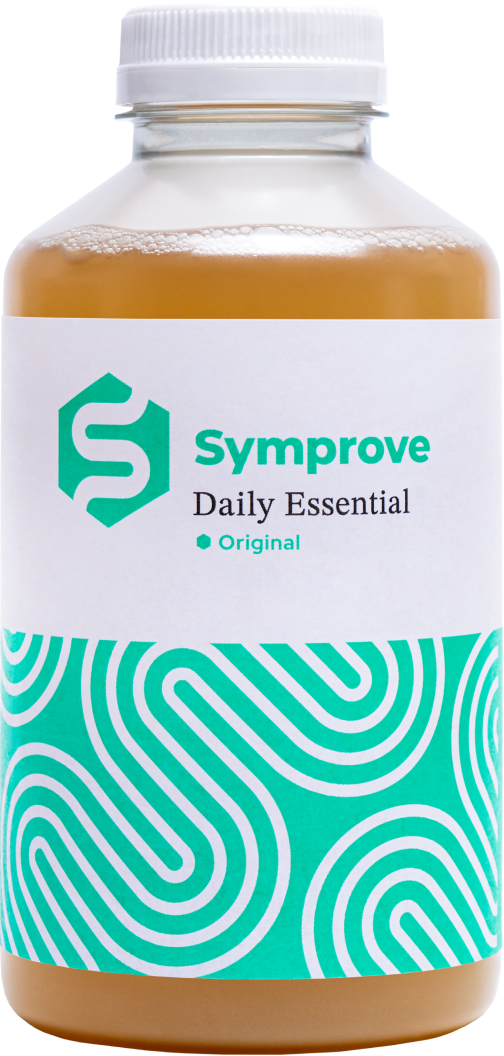High fibre diets are associated with lower risk of many GI and metabolic diseases, but the UK population often fall significantly below the recommended daily intake. Refresh your knowledge of the role of fibre and how you can encourage your patients to increase their fibre intake.
Learning objectives:
- Understand the physiological and metabolic functions of fibre
- Recognise the importance of fibre in health and disease
- Identify sources of fibre and easy ways to increase fibre
About our expert:
Frances Ralph is a King's College London trained Registered Dietitian and health writer who works within the NHS and private practice. Her specialist areas include gastroenterology and nutrition support. She has extensive experience in the management of functional gastrointestinal disorders, including the low FODMAP diet. She is a published academic author for research into the nutritional adequacy of the low FODMAP diet.
About the reviewer:
Dr Sammie Gill is registered dietitian and Senior Clinical Research and Science Communications Manager here at Symprove. Sammie has previously worked as a Policy Officer in Evidence-Based Practice at the British Dietetic Association (BDA), as a Postdoctoral Research Associate at King’s College London investigating nutritional interventions in the management of gastrointestinal disorders, and most recently as a specialist gastroenterology dietitian in the NHS.


